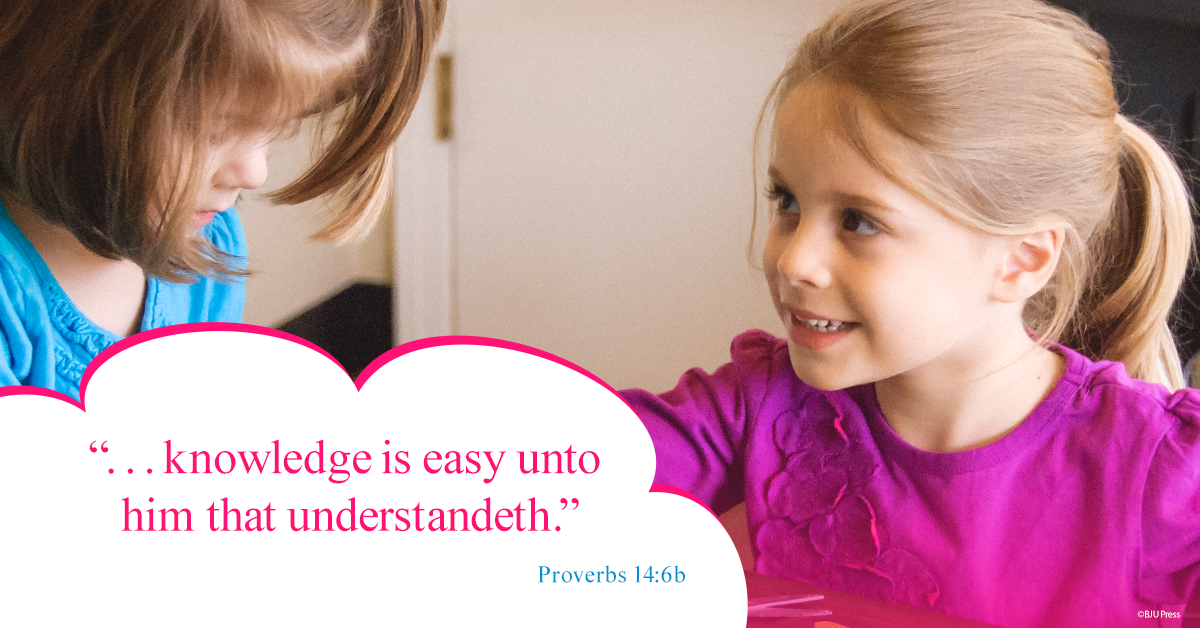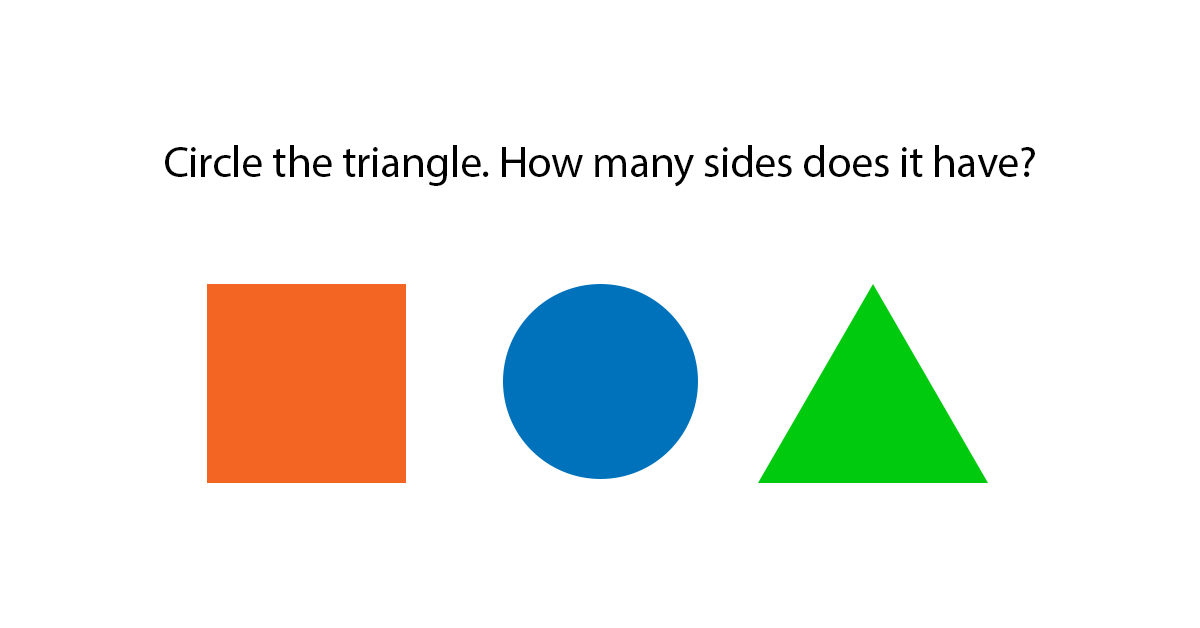
Recently, I’ve been thinking about a similarity between my parenting and my homeschooling. In parenting, I’m less concerned about behavior modification than I am about my child’s heart attitude. If a little girl grabs a toy from her sister, I want to change her heart toward her siblings. But behavior merely reflects the heart. When a little one loves her sister, she won’t take toys from her.
The problem is that I can’t see what’s inside my child’s heart. However, I can see her behavior and then try to deal with her heart by questioning her about her behavior.
I think this is similar to education. The goal is understanding, but you can’t see understanding. It’s actually difficult to test for understanding. So how do we know when our children truly understand a concept? If we focus on facts, we’ll get surface level memorization from them. So what can we do?
The Bridge of Understanding
Understanding a topic is the critical step toward mastering more challenging cognitive activities. You cannot evaluate a piece of literature until you understand it. You also can’t apply math until you understand it. On the other side, if you understand who Napoleon was, it’s easy to analyze him. If you understand paragraph writing, you’re ready to create one.
So if your children can handle projects and test questions that require higher-order thinking skills, you know that they have moved beyond recall and now understand the topic. Here are four types of higher-order thinking that you can check for to see if your child understands a topic.
Apply
When we take a subject and use it in another context, we’re applying. Math, science, and grammar are easy to apply in everyday activities. Have your child use math concepts to plan snacks for a group. You might explain that each batch of cookies makes twenty-four and we’re expecting thirty guests. How many batches should we make?
Analyze
Analysis sounds scary, but at the most basic level you’re just breaking a subject down into its parts and explaining their connections. In history or reading, small children can do analysis by making word webs. Meredith has an excellent post on word webs that can be applied to any subject.
Evaluate
Evaluation involves comparing something to a standard. Christians evaluate all academic subjects according to God’s Word. We also evaluate a writing sample against grammar rules and science hypotheses against observations. When children can use a standard to make a judgement, they understand their topic.
Create
Creating is a type of thinking that rewards children by allowing them to use the subject in a creative way. I was so proud of my second grader when she wrote a poem on kites after learning about poetry. It was better than any poetry I’d ever written. When students use principles from science, technology, engineering, and mathematics to solve a problem, they’re creating in a satisfying way that conforms to the way God made us to function.
It’s hard to measure a child’s understanding of a topic. But understanding is a bridge that connects other activities such as applying, analyzing, evaluating, and creating. If we focus their learning on these higher-order thinking skills, we can be confident that our children have gained understanding. BJU Press homeschool curriculum builds bridges of understanding for children by having them apply, analyze, evaluate, and create.
Why choose BJU Press homeschool curriculum? Find out here.




